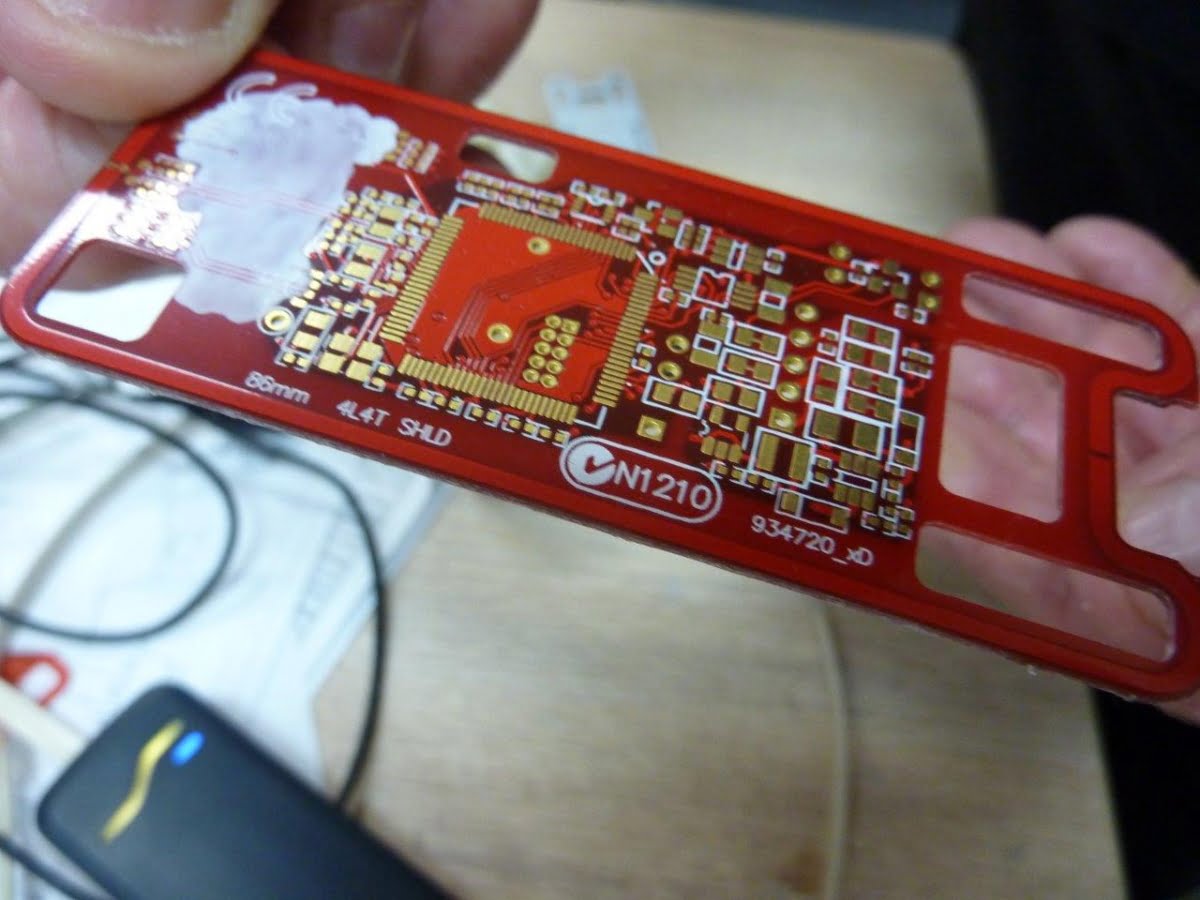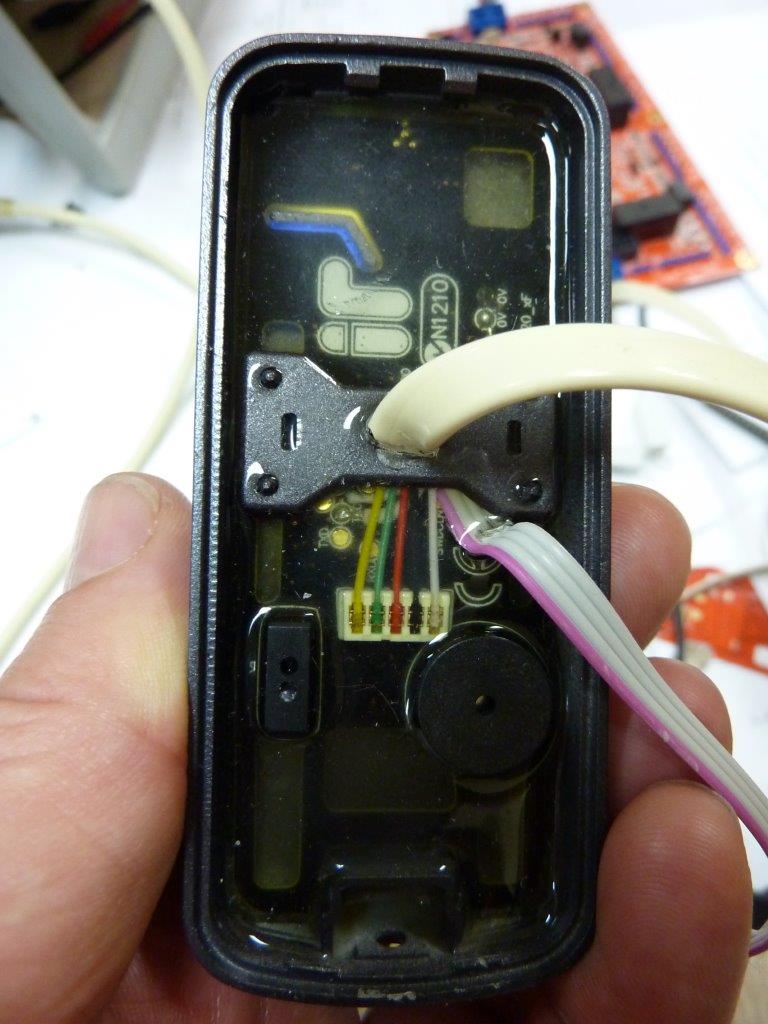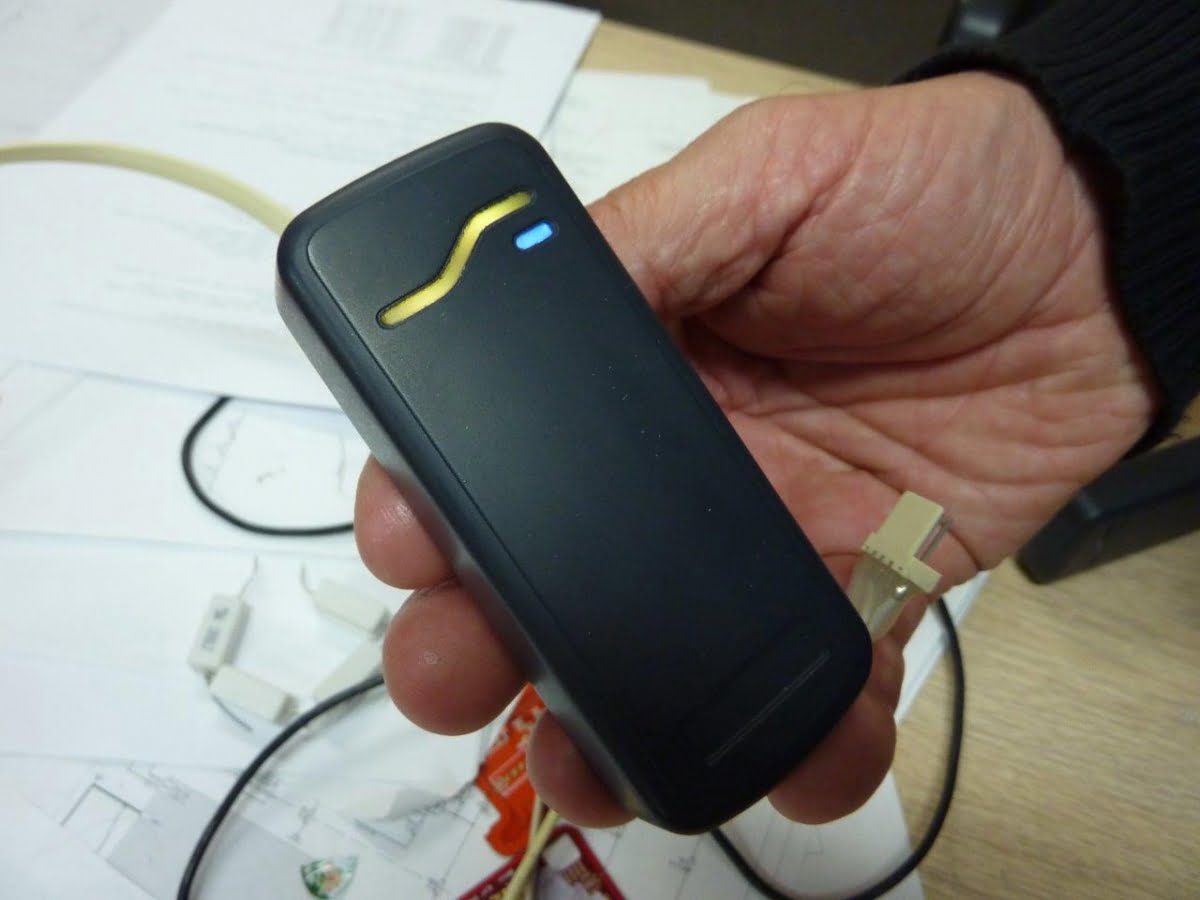The SIFER card reader is a new smart card reader designed and manufactured by Inner Range. It is a multi-drop RS-485 based reader that employs 128-bit AES encryption from the card through to the door module. SIFER readers utilise the Mifare DESfire EV1 card format.
ONE of the access control solutions that caught my eye at Security 2014 in Melbourne was Inner Range’s new SIFER RS-485 reader. It wasn’t the first time I’d seen SIFER – I got a look at the prototype a couple of months before the exhibition. It’s an important step from Inner Range, in my opinion, positioning the company as a true Tier 1 access control solutions manufacturer.
SIFER is a multi-drop RS-485 reader that supports Inner Range’s own DESfire EV1. SIFER readers and cards deliver AES encryption right through to the access module – far better security than Wiegand readers. SIFER readers have a superset of OSDP protocol in the driver’s seat, are IP64-rated and 16 readers can connect in series to the dedicated RS-485 reader port on an Integriti Intelligent LAN Access Module giving read-in and read-out. In addition, up to 4 SIFER readers may be connected to the Integriti Simple LAN Access Module (SLAM).
“With SIFER you get read-in and read-out on all our modules and you can program all the SIFER readers in a system from our software instead of doing them individually”
Before we take a look at the hardware, let’s have a squiz at the underlying specifications, starting with RS-485. First up, bear in mind that RS-485 is a medium that defines the electrical characteristics of drivers and receivers in balanced digital multipoint systems – in this case those multipoint nodes are controllers and readers in access control solutions.
It’s worth pointing out some of the strengths of RS-485. For a start, it can be implemented using only 2 wires thanks to the fact its drivers must be actively signalled to transmit. Less wiring means RS-485 solutions cost less, are faster and easier to install and weigh less when installed. Something to take into account too, RS-485 is no newcomer but a proven performer from automation to aeronautics. It’s the core of industrial manufacturing and process control solutions, including Modbus and Profibus.
RS-485 has some more strong points worth pointing out to the uninitiated. While it’s multi-drop, it’s inexpensive and gives strong throughputs over 35Mbit/s at 10m or 100Kbit/s at 1200m. That monster cable run potential is courtesy of the technology’s differential twisted-pair configuration. And because the signal is differential, it’s resistant to electromagnetic interference from switches, motors, welders and the rest. That makes installation easier and solutions more reliable over time.

Prototype board
SIFER’s RS-485 multi-drop connectivity allows up to 15 readers per drop. And RS-485 also means bi-directional comms are AES-encrypted and authenticated between card and reader and reader and controller – no more unsecured Wiegand on the public side of doors. Nice! And SIFER’s RS-485 also means the readers can be mapped to any door on a controller, making installation and system design simpler.
Other SIFER strong points include auto plug-and-play addressing by serial number on installation with Integriti Systems. That OSDP is important because RS-485 is about the physical electrical configuration of wires and nodes – it has no bearing on comms protocols.
SIFER readers are also compatible with other access control solutions and installers use manual addressing when used with 3rd party systems. When used with Integriti systems, up to 16 SIFERs can be connected to an Integriti Intelligent Access Controller (IAC) or an Intelligent LAN Access Module (ILAM). Meanwhile, up to 4 SIFER readers can be connected to the Integriti Standard LAN Access Module (SLAM).
“That’s our new SIFER reader – Open Supervised Device Protocol,” says Inner Range’s Vin Lopes, when I first set my eyes on SIFER in the company’s engineering department at Knoxfield. “It’s an RS-485 reader, not a Wiegand reader and it’s DESFire, so it’s got all the good stuff.
“With SIFER you get read-in and read-out on all our modules and you can program all the SIFER readers in a system from our software instead of doing them individually. Installers can also create a template and push it globally to all readers in a system – just so much easier.
“You see that little streak of light emblem,” points Lopes. “It’s colour-programmable – you can program it to show status of an area behind the door, or to show door open, or tamper, or anything else you like. With SIFER, installers have much greater ability to program readers to do what they want them to do.”

Potted electronics inside the prototyope
When I pick up the reader it has a good feel in the hand. It’s potted for weatherproofing to IP-64 and compact at 94(L) x 40(W) x 16(D)mm. The plastic body is classic access reader-dark grey with soft edges, a lightly-textured fascia and that pair of integrated programmable multi-colour LEDs that can be assigned flexibly, one long and one small. There are also integrated beepers and an optical tamper alert and SIFER is competitively-priced.
At Security 2014 a few months after my initial encounter with SIFER, Mark Edwards, CSD NSW/ACT state manager, told me the new reader was a big deal for Inner Range and for CSD.
“It’s definitely an important release that’s right up in Tier 1 for configuration,” Edwards says. “We now have multi-drop reader configurations and peer-to-peer communications, so we have all the boxes ticked when it comes to those high-end specifications in tenders.
“Great too, SIFER can go onto anyone’s OSDP bus – it’s not proprietary to Inner Range and that makes it very flexible. SIFER’s multi-drop reader configuration works as a daisy-chain with RS-485 in and out of each of the readers controlling individual outputs on door controllers. This means less cable is required and there’s less time required to install it.”
SIFER readers are available with site specific encryption keys and price is $A90-100, which is comparable with other readers in this class. SIFER starts shipping in the next month.
By John Adams
Features of SIFER reader include:
* Compact footprint 94(L) x 40(W) x 16(D)mm
* RS-485 Multi-drop Connectivity
* OSDP Compatible
* MIFARE DESfire EV1 global standard for air interface and cryptographic methods
* Encrypted (AES) and authenticated bi-directional comms between card and reader and controller
* Auto plug and play Integriti, manual with 3rd party systems
* Rated to IP64 with ingress protection to IP65.
“We now have multi-drop reader configurations and peer-to-peer communications, so we have all the boxes ticked when it comes to those high-end specifications in tenders”

SIFER Prototype during engineering











